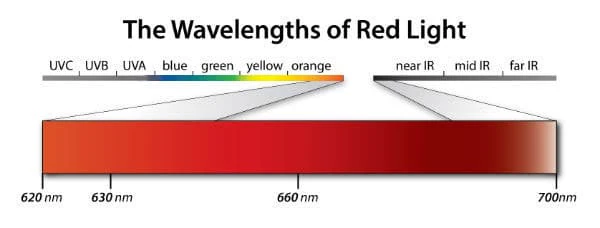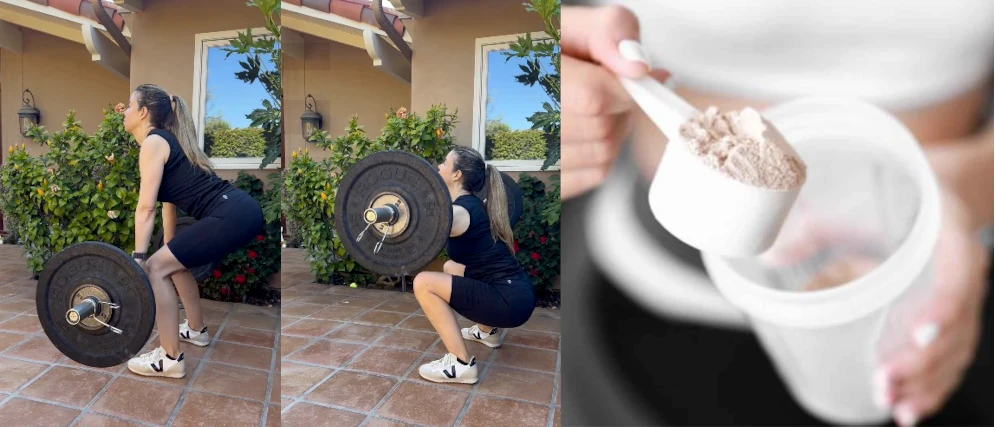Rhonda has researched red light therapy fairly extensively – as you can see from the topic page on her website.
Utilizing this research, she found a red light product that she can use on her face. It’s called the:
She notes that she has no affiliation with the brand, and simply uses it because the design fits with clinical research that showed benefits.

Specifically, the product uses the following:
- Wavelengths: 633nm (red) and 830nm (near-infrared)
- LEDs: 132 LEDs (2 per bulb)
The manufacturers suggest to use 3-5x per week for 4-6 weeks. Encouraging the user to take before pictures for comparison. In terms of the duration to use it for, the 2 studies that had omnilux products used 20 minutes.

Supporting Research
If, like me, you’re a little sceptical of LED lights being able to rejuvenate skin, then it’s worth evaluating the research and deciding for yourself.
1) This 2005 study tested Omnilux LED light therapy (633 nm and 830 nm) for reducing facial wrinkles on 31 participants over 12 weeks. Results showed significant improvements in skin texture and wrinkles, with 52% of the participants observing a 25% to 50% reduction in signs of skin aging. 81% reported better-looking skin around the eyes.
2) This 2005 study examined the Omnilux Revive facial treatment’s effectiveness on skin rejuvenation. Twenty-three volunteers underwent 20-minute LED light treatments on half of their face three times a week for three weeks, using the untreated side as a control. Although 91% of participants noticed visible skin improvements and 59% showed positive changes in blinded photos, objective measures did not find significant changes in skin hydration or elasticity. Overall, the treatment is a safe, non-ablative alternative for skin rejuvenation.
3) This 2014 study tested two broad-spectrum light sources for full-body skin rejuvenation on 136 volunteers. Participants received bi-weekly treatments using either 611-650 nm or 570-850 nm light, with 23 serving as controls. After 30 sessions, significant improvements were observed in skin texture, complexion, and collagen density compared to controls, assessed via photography and ultrasound. However, the broader spectrum light did not outperform the red-light-only spectrum. Both light sources were confirmed as safe and effective for skin rejuvenation.
For more research on this subject, see Rhonda’s red light therapy topic page.


